This request seems a bit unusual, so we need to confirm that you’re human. Please press and hold the button until it turns completely green. Thank you for your cooperation!
Author: admin
-
Just a moment…
Just a moment… -

Researchers Build First Low-Cost Microscope That Can Spot Atomic-Scale Structures
Microscope close-up. Credit: University of Liverpool Faculty – CC BY 2.0 via Flickr. A research team from the University of Victoria says it has reached a microscopy breakthrough with a way to see atomic-scale structures with unprecedented…
Continue Reading
-
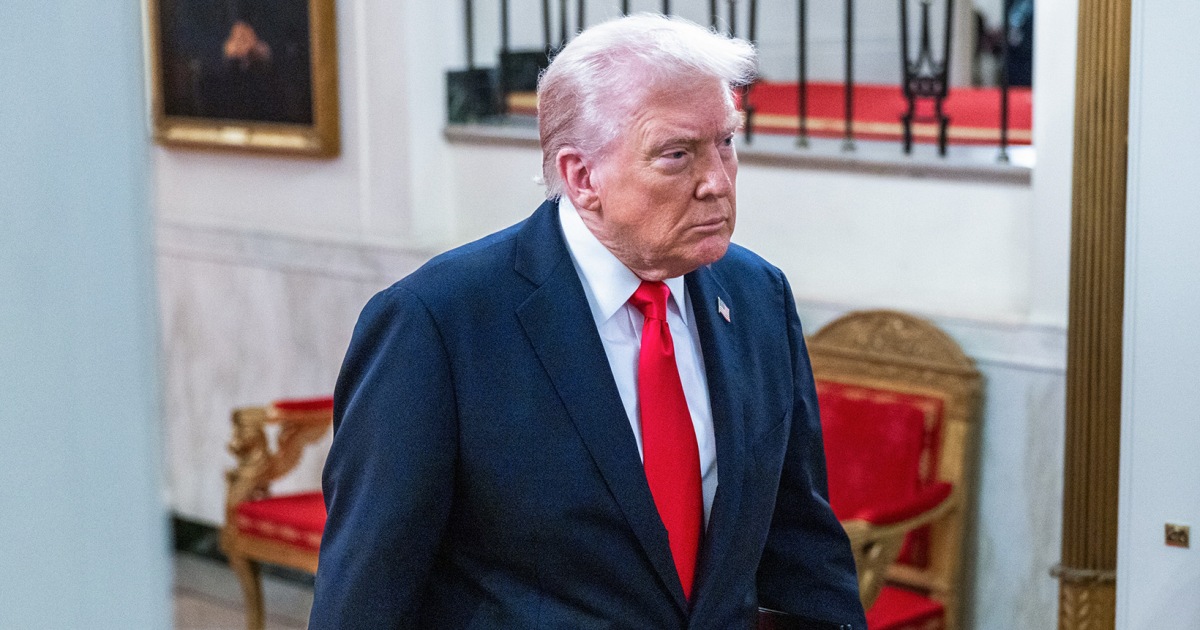
Trump heads to Asia with trade — and tensions with Xi — on the agenda
KUALA LUMPUR— President Donald Trump arrives in Malaysia on Sunday for his first visit to Asia since returning to office, a three-nation tour through Malaysia, Japan and South Korea that is expected to culminate in a meeting with Chinese…
Continue Reading
-
Pakistan, Iran vow to explore new trade routes – RADIO PAKISTAN
- Pakistan, Iran vow to explore new trade routes RADIO PAKISTAN
- Pakistan, Iran mull ferry service for pilgrims, traders Business Recorder
- Pakistan, Iran agree on new trade and transport cooperation samaa tv
- Iran, Pakistan, Turkey to relaunch…
Continue Reading
-

Plants vs Brainrots Artist Frenzy Event Guide
The Plants vs Brainrots developers are bold for not going with the typical Halloween-themed update like other games. Well, that does not take any fun away from the game. The new update brings a fresh Artist Frenzy event where you have the…
Continue Reading
-
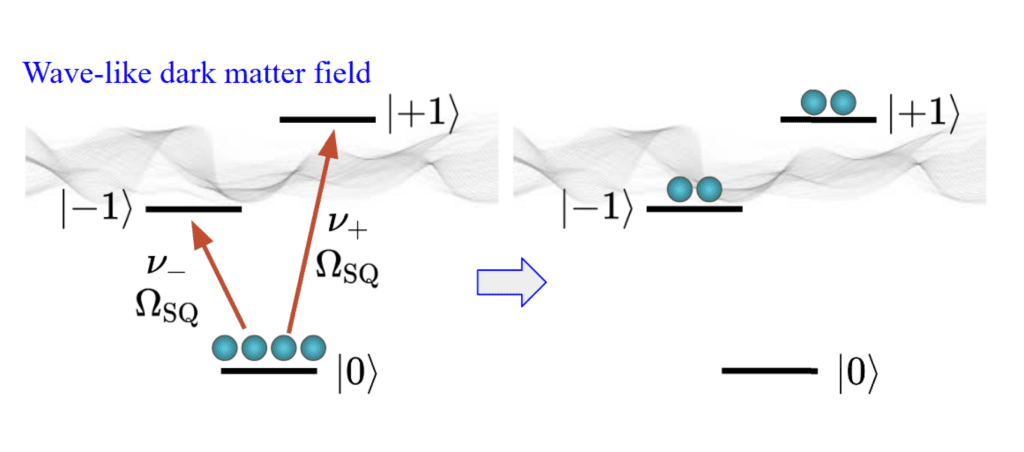
Multilevel Quantum Sensing With Qutrits Achieves Fourfold Fisher Information And Extends Dark Matter Reach
The search for dark matter receives a significant boost from new research exploring quantum systems beyond traditional qubits, offering a pathway to dramatically improved detection sensitivity. Xiaolin Ma, alongside Volodymyr Takhistov from…
Continue Reading
-
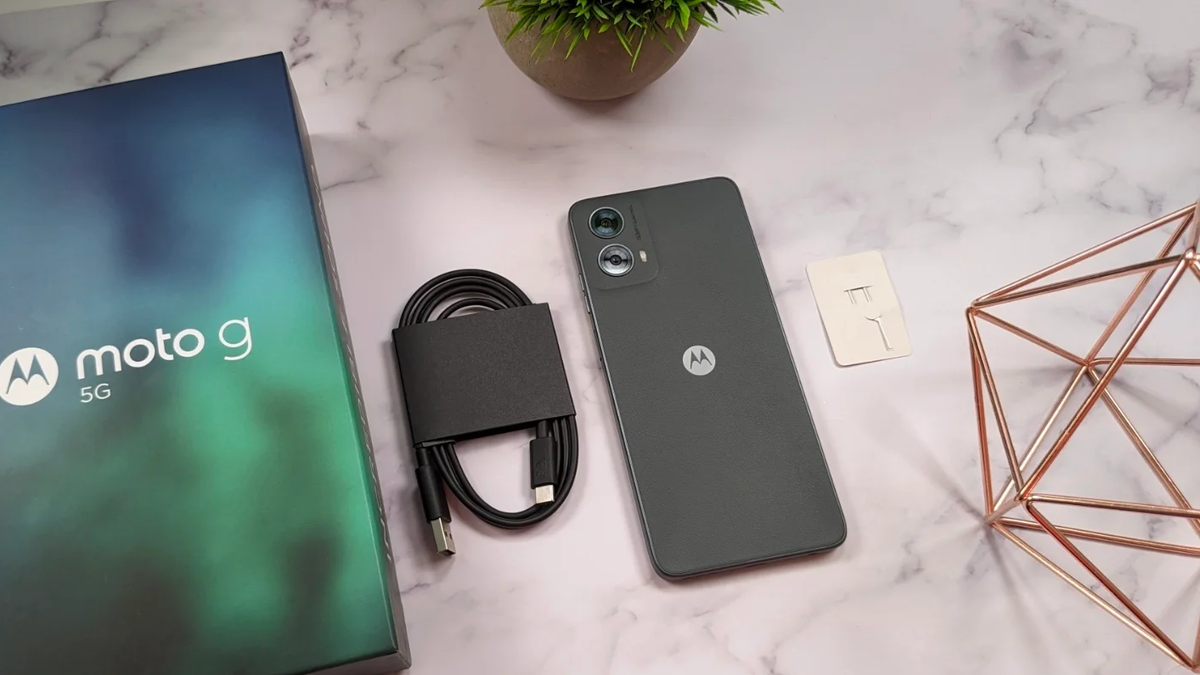
Motorola’s budget Moto G 5G (2024) is selling quickly at a huge 35% off
The Moto G 5G (2024) has just become a budget king you can’t ignore! Right now, Amazon is selling the affordable Android option for $70 off its original price, landing at one of the…Continue Reading
-

Phil Spencer swears Forza Motorsport isn’t dead — just parked indefinitely
Forza Motorsport is Xbox’s simulation-focused racing series, developed by Turn 10 Studios, and it differs from its more arcade-like counterpart, Forza Horizon, which is developed by Playground Games. In 2023, Forza Motorsport saw a complete…
Continue Reading
-
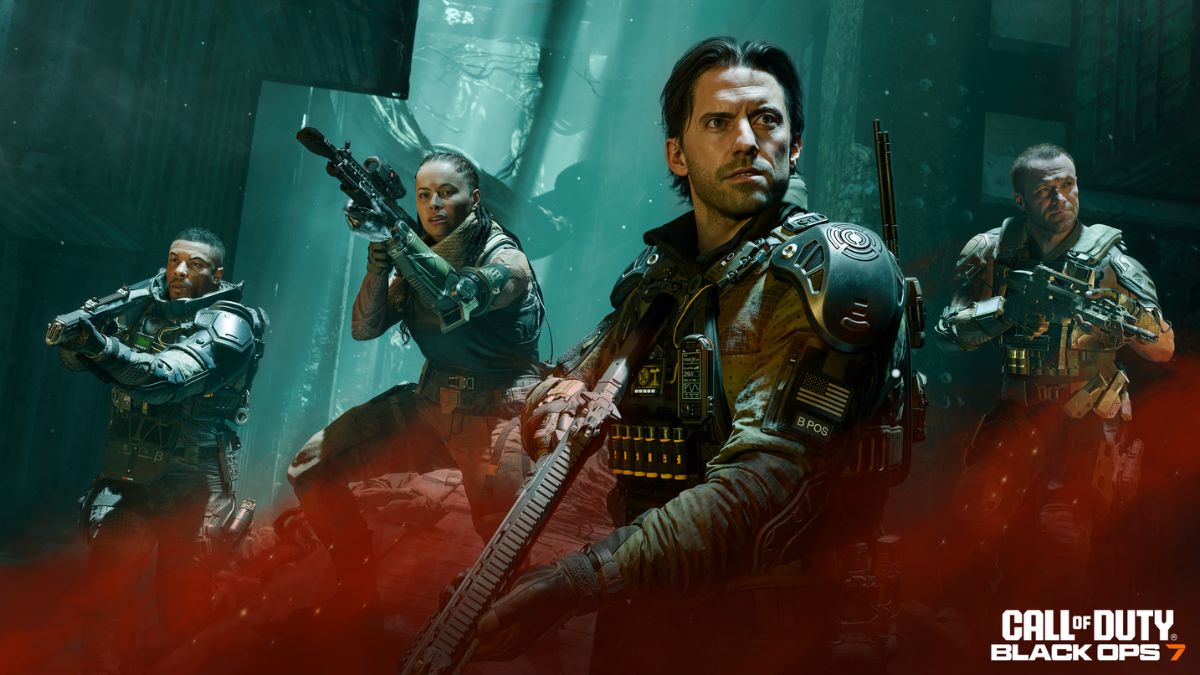
Call of Duty Black Ops 7 Season 1 Early Patch Notes: New Maps, Weapons, and More
Black Ops 7 will go live on November 14, but Treyarch has already provided information on what players can expect in the post-launch Season 1 update. Billed as the biggest season in Black Ops history, the update will deliver a plethora of…
Continue Reading
-

Trump hopes China will help bring end to Russia war
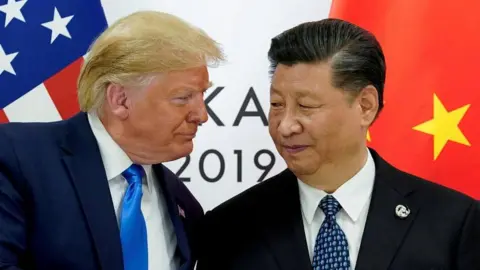 Reuters
ReutersTrump and Xi last met in person in 2019, during Trump’s first term as president Donald Trump has said he would like China’s help to deal with Russia as he seeks to bring an end to the war in Ukraine.
“I’d like China to help us out with…
Continue Reading